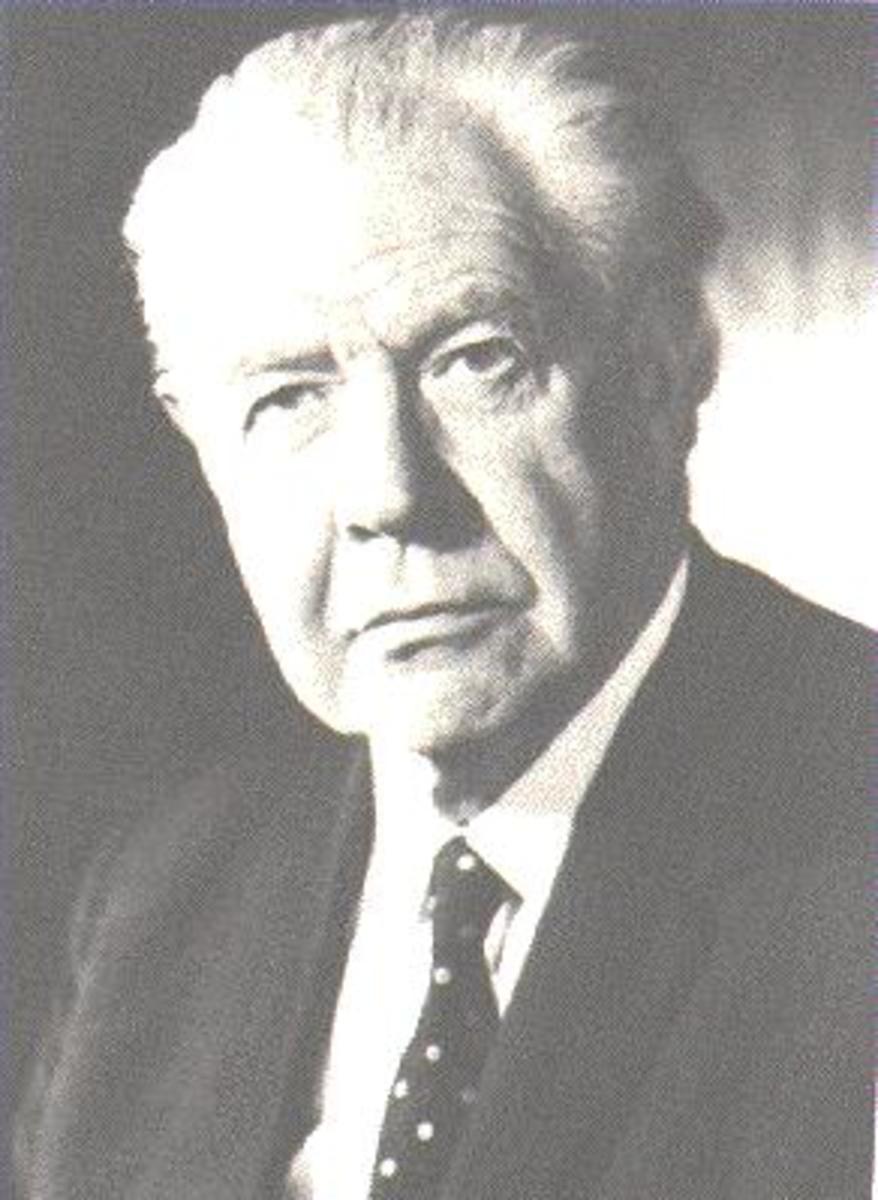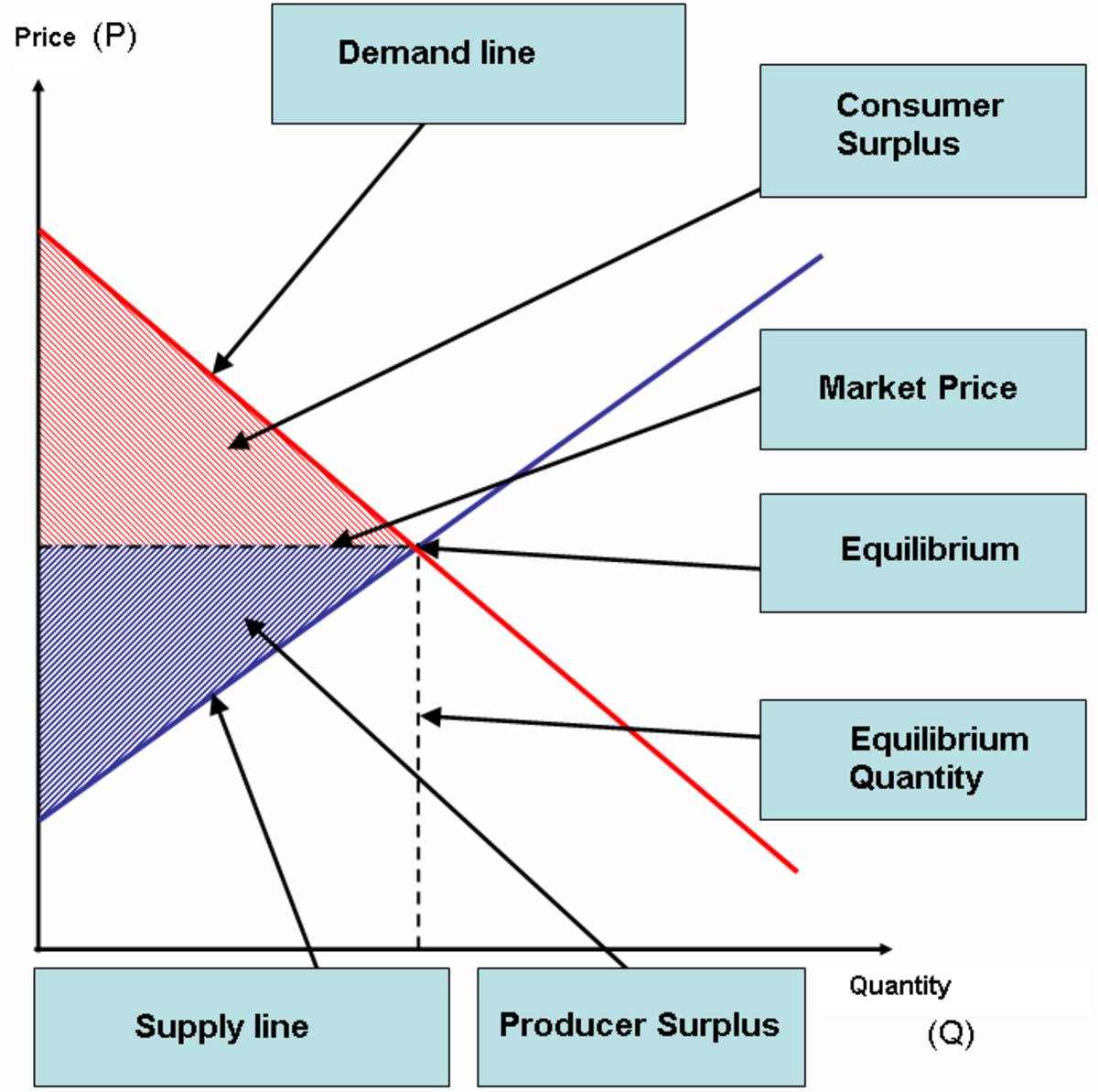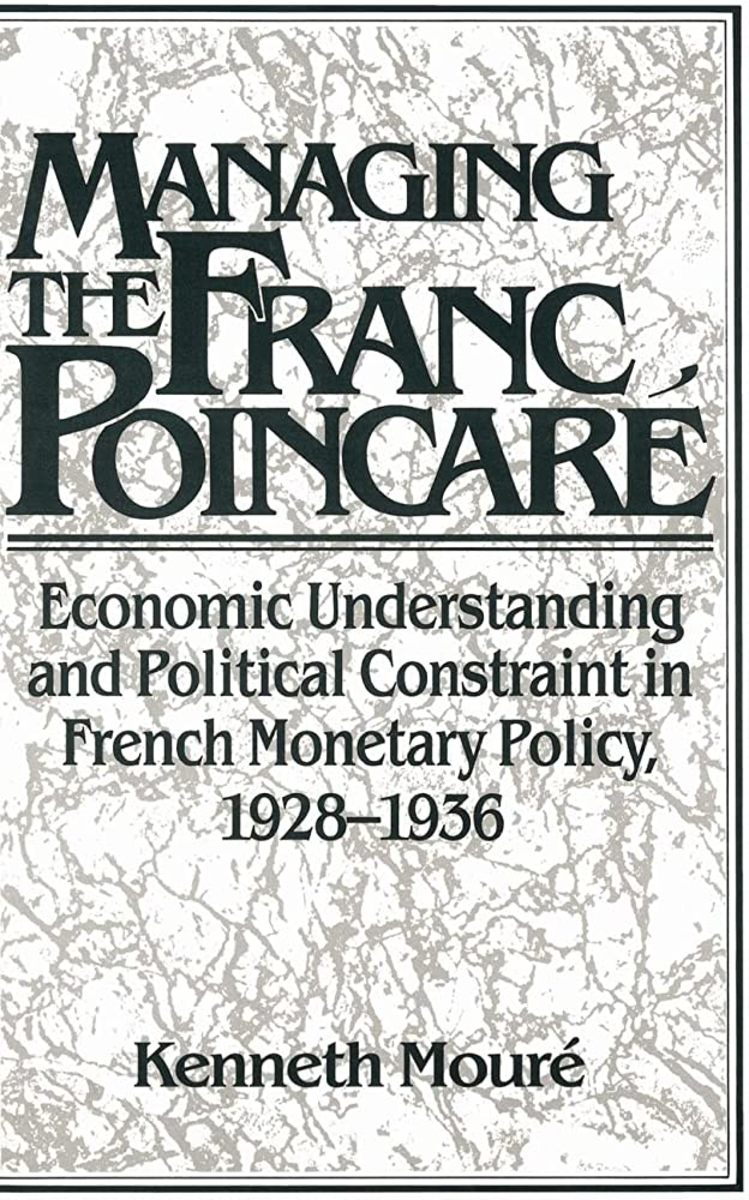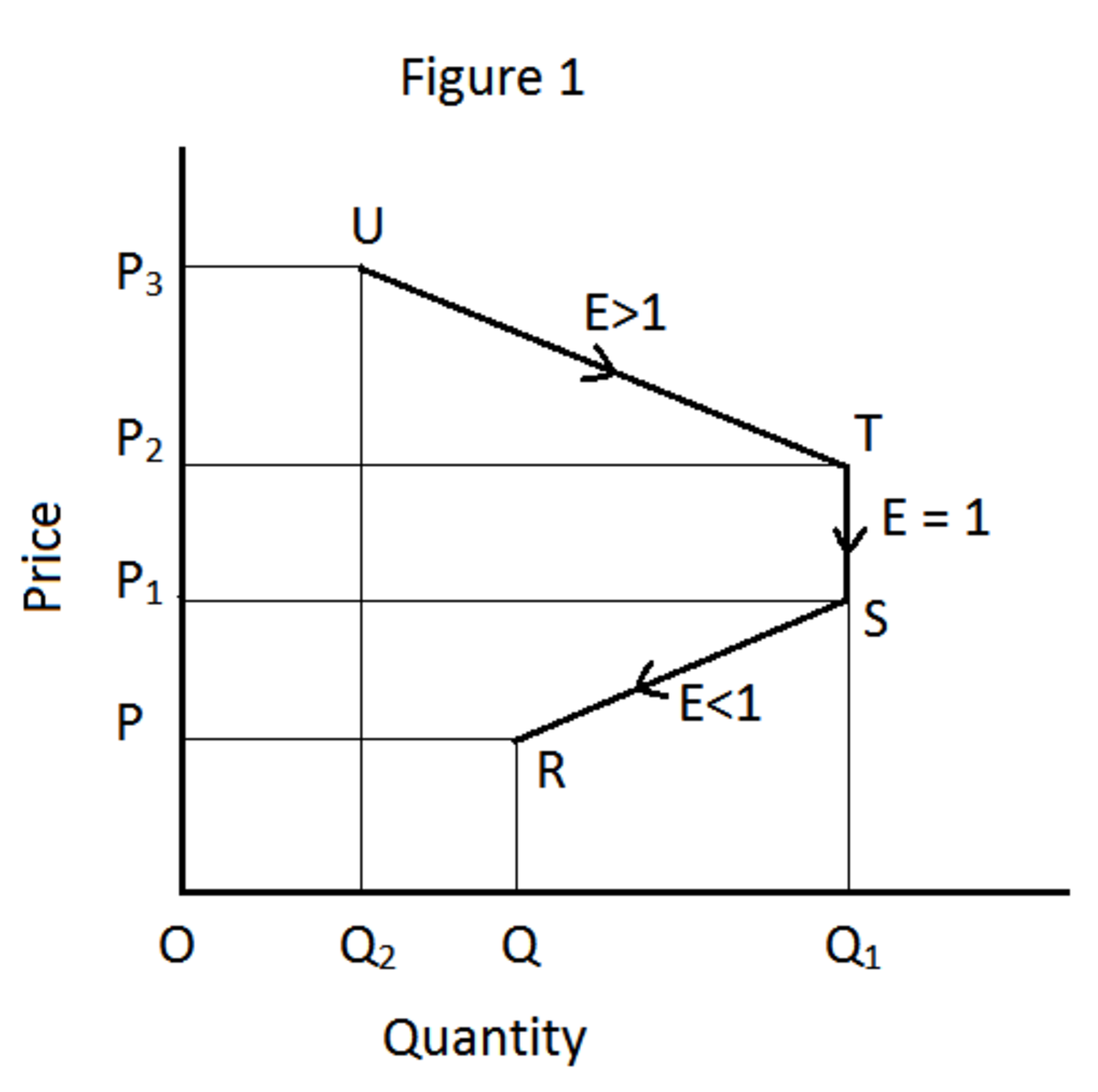An In-depth Look into New Global Foundations and Economics!!!
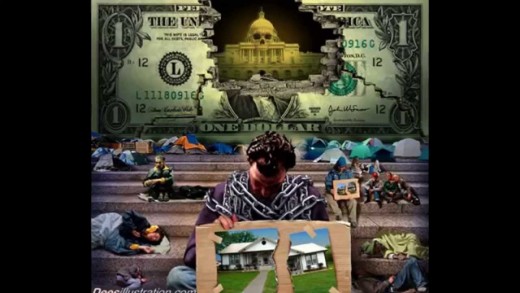
Global Economics
Historical events are an interesting phenomenon. They bring out the sense of destiny in people. With the ongoing political and economical changes in the world, and the potential that coming changes offers, many people are now looking ahead and attempting to understand the significance of these events. Most of these people have no knowledge of history, of our current economic order.
The pioneers of MuRatopian Economy, on the other hand, recognize that embedded in the new economy are new ideas of how to overcome the current worldwide crisis. Just as parents can be seen in the face of child, so can the solution to the current financial and economic crisis be seen again in the new foundations of economics and in the future. This is what the MuRatopian Economy is all about—the current economic complex problems being solved by the present New Global Economics.
The One Percent
Louis Kelso, a tireless visionary thinker, researched more than fifty years ago that the new century would see unprecedented political and economic changes. For Louis Kelso, this was not prophecy, it was science. He did see the future so much brighter as he knew the nineteen century capitalism would evolve into new economy—not precisely in the same way, but still in quite revolutionary way.
As we approach the uncertainties of a new decade, we thought it appropriate to reflect on the history of Global economics. And what more significant is there than one investigated by Louis Kelso’s International Economics battles.
The new buzzword in the world is “economic recession”. Most Economists acknowledge that economic and financial crisis exists in every country. MuRatopian Economics is a new science that can hold out in the new century. Most learning institutions teach conventional economics methods with little latitude for interpretation of the current economic crisis, new structural laws of demand and supply suggest a new paradigm. What does the new scientific MuRatopian Economy means relative to our free market system?
Unfortunately, economics is classified as social science, and is purported to be exact within certain laws of demand and supply—along with interest rates, money supply, and debt. Global Economics in the current globalization era is less of a science and more of a highly biased mix of political, which often preaches rather than explaining the mysteries of true economic reality.
Monetary Policy and Federal Reserve
New Scientific Economy
Scientists from various fields are beginning to investigate a universal behavior that is being found in everything from weather to economics. MuRatopian Economists employs a similar form of approach, to build a new scientific economic foundation. It is the core of a proposed Global Equitable Economic System and our new open capital market system models.
Within the realm of capital market system and economic activity, it is hard to ignore the illusion that someone is actually in charge. The belief that someone is actually is in charge. The belief that someone, somewhere is in control stems perhaps from Man’s religious beliefs. We may not understand God’s divine plan, yet we sleep more soundly knowing there must be some logic or purpose behind life. We resolve to accept such mysteries, and focus on the more mundane aspects of daily survival.
Skeptics dispute any type of open capital markets, public money system, distribution based economic growth, and new monetary system design because they believe the system possesses free will. An individual in a mob possesses free will, but the mob displays collective behavior that can be explained by social scientists. While economic behavior does not demonstrate free will such as an individual, it displays the pattern behavior of collective mob.
The global economic and market behavior appear to be in state of recession or depression because of the conventional economic policies involved in the determination of the final outcome.
Recssion, Hyperinflation, and Stagflation

The Great War ended on the 11th hour of November 11th, 1918, when the signed armistice came into effect.
Though this peace would signal the end of the war, it would also help lead to a series of further destruction: this time the destruction of wealth and savings.
The world’s most famous hyperinflation event, which took place in Germany from 1921 and 1924, was a financial calamity that led millions of people to have their savings erased.

In Its Image Movie
The Global MuRatopian Economic System
We believe we can succeed in building a greater dynamic global MuRatopian Equitable Economic Model that can define the common aims of an increased economic growth to benefit poor and working people. In developing the future foundations and economics of the future, its sustainability is in harmony with environmental issues. It can perform well to provide new structural laws of demand and supply, debt free economies, economic mobilization that can benefit global economy, technological and agricultural progress of especially poor countries, and a new monetary system design.
The New Economic system also incorporates an artificial intelligence system, which can develop on its own subsequent social and economic ideas without rules input by an operator. We establish the overall structure of the new economic program, ideas are provided by feeding the economic system creativity computer model a wealth of open capital market, public money system behavior, structural axiomatic economic data. From then on, the creativity machine computer program correlates and works out interrelationships on its own, creating a knowledge based predicted on the new foundation on how a really equitable economy works.
The main function that drives the economic system computer model is a neural network paradigm that functions to generate rather than associate patterns, to generate coherent ideas derived from from the information provided to it. This is interfaced with the open capital market economy and/or distribution based economic growth variables.
This new economics foundation is split into public money system and open capital market, which then is related back to the new structural laws of demand and supply in every country. The MuRatopian Economics generated computer model maps every aspects of an open distributive capital market, capital with earnings of capital income patterns shared between the poor, working and the wealthy people. Applying these criteria, the model decides on a specific defined MuRatopian distributive based economic growth function, based on both public money system performance matched with open capital market system taking place based on new structural laws of demand and supply.
The program’s recommendations are compared to see if it makes identical decisions when all variables are identical. For example, compare a debt money system behavior and workings of public money system. Hyperinflation during both systems is determined, and all expected results are matched perfectly. The expected program decision is to move to an alternative public money system, and explains the functions of the new monetary system versus the conventional economic system.
In the first instance the computer defines the public money system behavior structures; in the second instance the computer adds the open capital market system, based on new structural laws of demand and supply.
This model demonstrates the dynamics involved in building a MuRatopian Economy are mind –boggling. The global economy is as complicated as the millions of variables of which it is comprised, and the wealth of possible economic opportunity that can become more distributed among poor countries is overwhelming.
In the near future, we hope to have enough confidence on how this model can be introduced it into our general world economy. But for now, it continues to function only as a testing stage. We will then be able to share the results of its progress.
MuRatopian Intersection Economics
Will a New MuRatopian Economic Paradigm build an equitable distribution-based economic growth?
Select Bibliography
[aristotle] Aristotle. The Politics of Aristotle. Translated by Ernest Baker. Oxford: Clarendon Press, 1946.
[ashford] Ashford, Robert H.A. The Binary Economics of Louis Kelso: The Promise of Universal Capitalism. Rutgers Law Journal. 22(1990): 3-120.
[berle1] Berle, Adolf A., Jr. New Directions in the New World. New York: Harper and Brothers Publishers, 1940.
[berle2] Berle, Adolf A., Jr. Power Without Property. New York: Harcourt, Brace and Company, 1959.
[buss] Buss, James A. and William E. Buss. A note on the Economic Impact from the Financed Capitalist Plan. Research in Law and Economics. 3(1981): 227-239.
[kelso1] Kelso, Louis O. Karl Marx: The Almost Capitalist. American Bar Association Journal. 43(1957): 235-279.
[kelso2] _. Labor’s Great Mistake: The Struggle for the Toil State. American Bar Association Journal. (1960).
[kelso3] _. Poverty’s Other Exit. North Dakota Law Review. 41(1965):147-155.
[kelsoadler1] Kelso, Louis O. and Mortimer J. Adler. The Capitalist Manifesto. Westport, Connecticut. Greenwood Press, 1958.
[kelsoadler2] and _. The New Capitalists. Westport, Connecticut: Greenwood Press, 1961.
[kelsokelso1] Kelso, Louis O. and Patricia Hetter Kelso. Democracy and Economic Power. Lanham, Maryland: University Press of America, 1986, 1991.
[kelsokelso2] and _. The Great Savings Snafu. Business and Society Review. Winter(64)(1988): 42-47.
[kelsokelso3] and _. The Right to be Productive. The Financial Planner. 11(8)(1982), 51-61; 11(9)(1982), 87-110.
[moulton1] Moulton, Harold G. The Dynamic Economy. Washington, D.C.: The Brookings Institution, 1950.
[moulton2] Moulton, Harold G. The Formation of Capital. New York: Arno Press, 1975.
[say1] Say, Jean-Baptiste. Letters to Mr. Malthus. New York: Agustus M. Kelley Publishers, 1967.
[say2] Say, Jean-Baptiste. A Treatise on Political Economy. Edited by Clement C. Biddle. Philadelphia: Lippincott, Grambo and Co., 1853.
[speiser] Speiser, Stuart M. A Piece of the Action. New York: Van Nostrand Reinhold Company, 1977.
Thaler, S. L. (1995). Death of a gedanken creature, Journal of Near-Death Studies, 13(3), Spring 1995.
Thaler, S. L. (1996a) Creativity via network cavitation – an architecture, implementation, and results, Adaptive Distributive Parallel Computing Symposium, Dayton, Ohio, 8-9 August, 1996.
Thaler, S.L. (1996b). The death dream and near-death darwinism, Journal of Near-Death Studies, 15(1), Fall 1996.
Thaler, S. L. (1997). "The Fragmentation of the Universe and the Devolution of Consciousness," U.S. Library of Congress, Registration No. TXU00775586, 1997.
Thaler, S. L. (1998). Predicting ultra-hard binary compounds via cascaded auto- and hetero-associative neural newtorks, Journal of Alloys and Compounds, 279(1998), 47-59.
Thaler, S. L. (1999a). No mystery intended. Neural Networks, Volume 12, Issue 1, January 1999, Pages 193-194.
Thaler, S. L. (1999b), AFRL-ML-WP-TR-1999-4033, Integrated Substrate and Thin Film Design Methods, Materials and Manufacturing Directorate, Air Force Research Laboratory, Air Force Materiel Command, Wright-Patterson Air Force Base, OH 45433-7750
(1) US Congressional Briefing 2011, July 26, 2011 by Prof. Kaoru Yamaguchi: TRANSCRIPT (This is a transcript of my US congressional briefing on the workings of the public money system)
* (1-Page Briefing Note for Media) (One page briefing note distributed to the Media)
(2) HR 2990 (NEED Act, National Emergency Employment Defense Act)
Congressman Dennis Kuchinich's Bill based on the American Monetary Act,
which is submitted to the US House Committee on Financial Services on Setp. 21, 2011.
(3) Workings of A Public Money System of Open Macroeconomies;
(Paper, Slides and YouTube) at the 7th Annual AMI Monetary Reform Conf.
University Center, Downtown Chicago, Sept. 30, 2011.
(4) A Program for Monetary Reform by Irving Fisher, etc., July 1939.
(Reformatted by the Kettle Pond Institute)
(This document is an extended version of the original "The Chicago Plan for Banking Reform" by Henry Simons, etc., March 16, 1933).
(5) On the Monetary and Financial Stability under A Public Money System;
( Paper, Slides and YouTube ) at the 8th Annual AMI Monetary Reform Conference, University Center, Downtown Chicago, Sept. 20 - 23, 2012.
(6) Public vs Debt Money Systems - the American Monetary Act in a Nutshell;
(Paper, Slides and YouTube) at the 9th Annual AMI Monetary Reform Conference,
University Center, Downtown Chicago, Sept. 19 - 22, 2013.
(7) From Debt Money to Public Money System - Modeling A Transition Process Simplified;
(Paper, Slides) at the 10th Annual AMI Monetary Reform Conference, University Center,
Downtown Chicago, Oct. 2 -5, 2014

